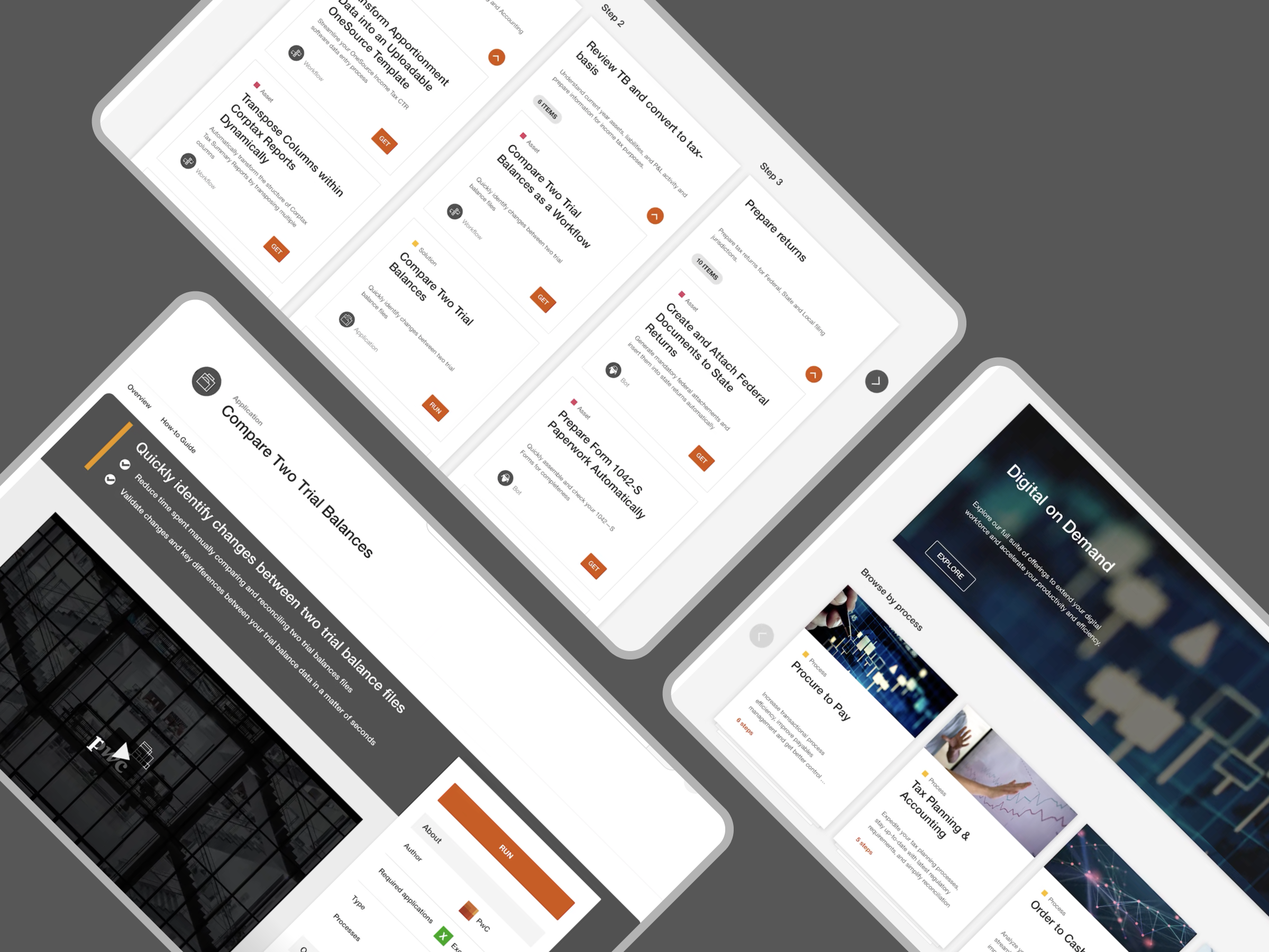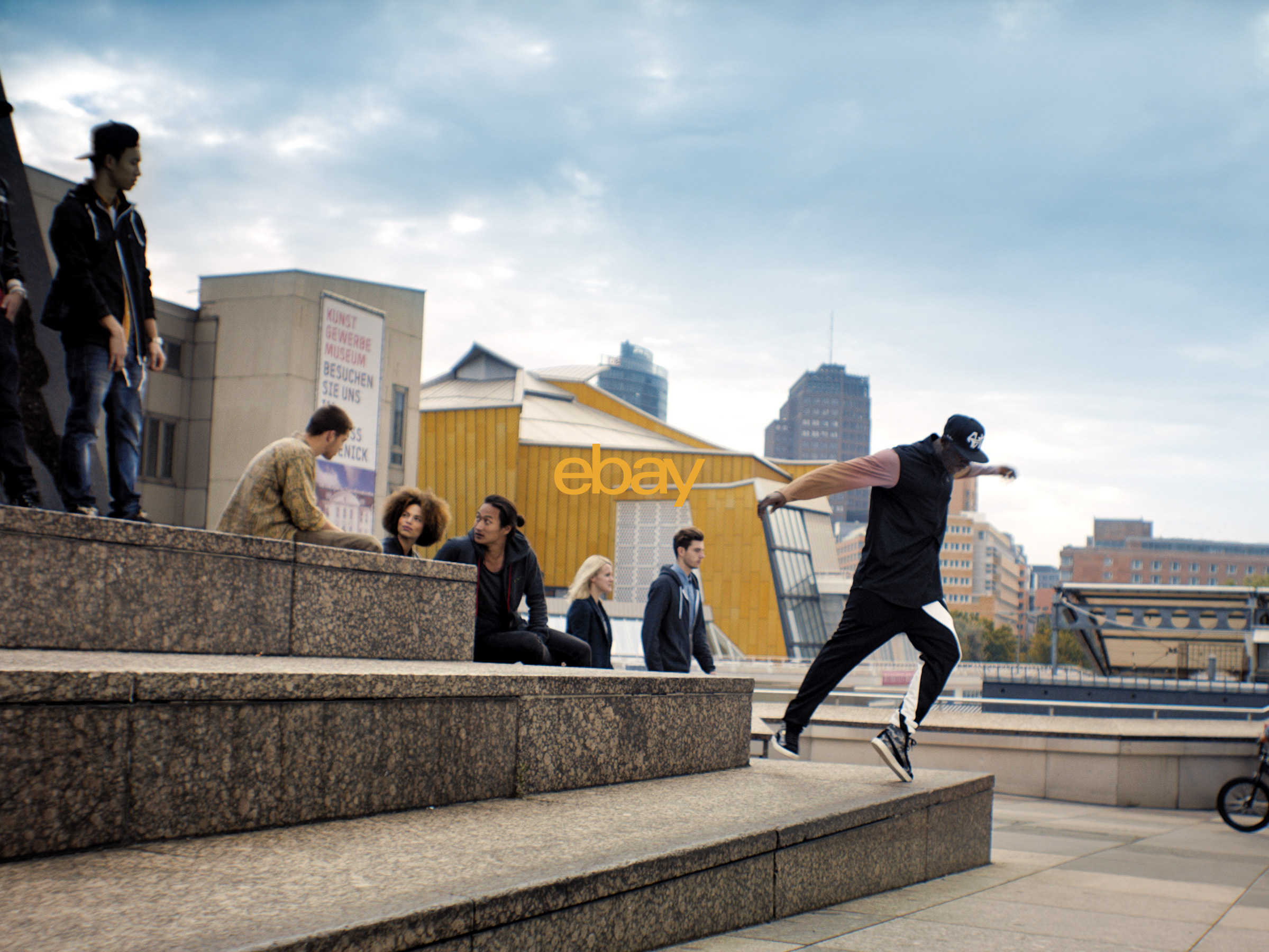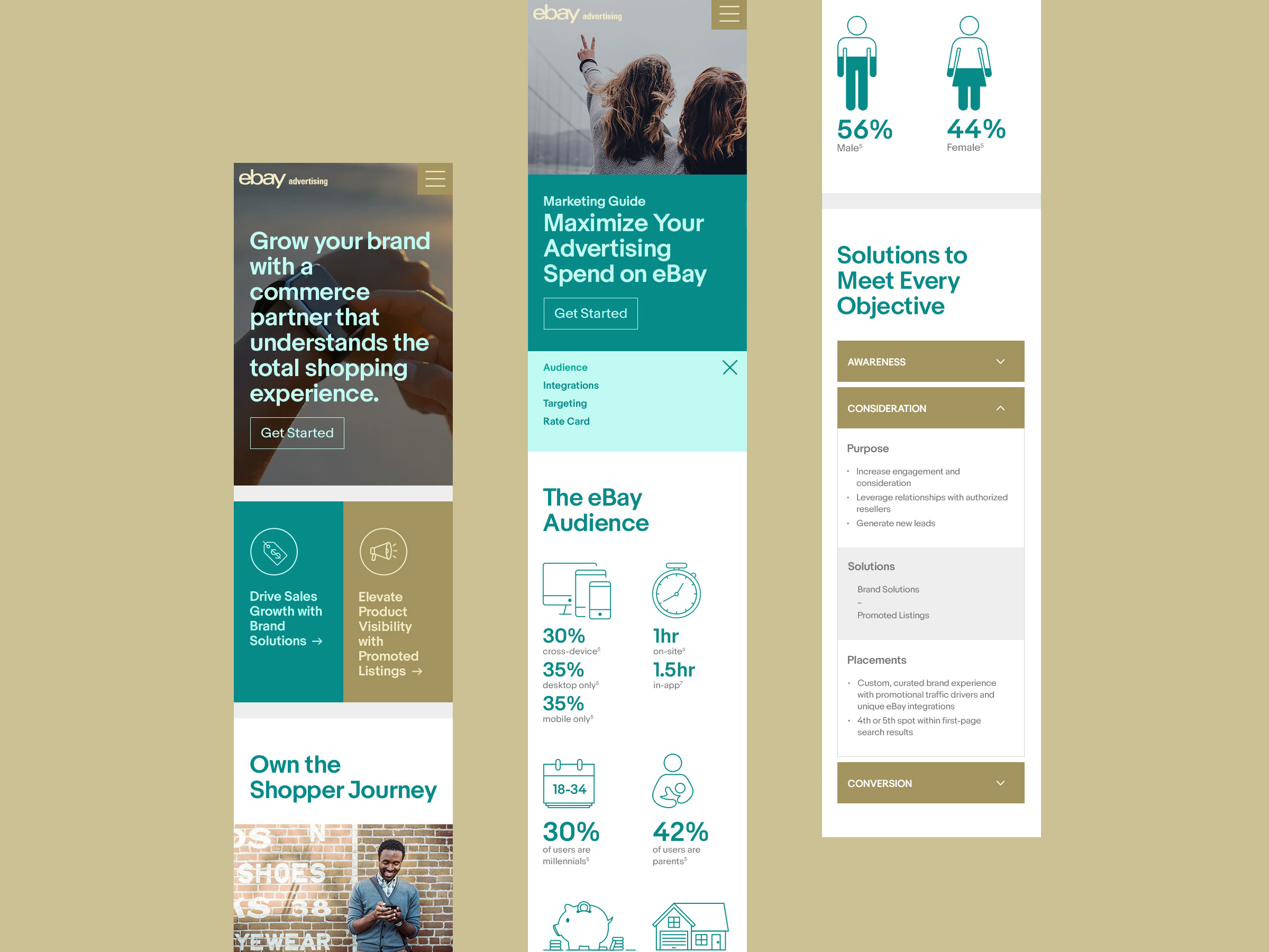Background
CVS was one of Triad's long-standing retail clients. Our agency delivered monetization products and programs for them as well as supported their online category shopping experience.
We had a very capable team, but there was misalignment with client expectations, particularly in our brand shop experiences. Specs and brand guidelines weren't clearly defined and therefore always correctly applied, which led to too many feedback rounds and rework. We also had a new requirement to meet WCAG AA accessibility standards.
Role
I was brought in as a new lead to equip the team with what they needed to successfully deliver large volumes of quick-turn programs and help establish a trusting relationship with the client.
Approach
After aligning with CVS on requirements, I partnered with our developer and designers to create a flexible brand shop design pattern library, complete with HTML/CSS and Sketch components, for creating optimized, responsive pages with minimal effort and coding required, at scale.
Brand shop building block components
From Sketch template to finished product
Outcome
The system allowed our designers to build visually elevated custom brand shops in a day, with minimal coding knowledge, and ensure consistent application of CVS's design and accessibility standards. With everyone aligned on expectations, brand shop reviews became a mere formality.
We also welcomed new opportunities to pitch ideas for driving user engagement with different categories, including Beauty.
Concept 1: Driving BeautyClub Signups
Our research indicated that for Millennials value, choice and convenience were all key to driving loyalty. We aimed to connect the dots between the BeautyClub rewards program and the Beauty category by balancing incentives, inventory, the right messaging and content.
In a preference test, 89% of respondents indicated that the above landing page design would make them more likely to sign up for BeautyClub than the existing page at the time.
Concept 2: Personalized Landing Pages
Instead of providing every user with the same experience, why not delight them with a conversation that feels human and aims to serve their individual needs as efficiently as possible, by leveraging available data signals, audience insights combined with a robust content strategy, and engaging opportunities to learn more about them — to deliver the most personalized recommendations.
Meet Stefanie / Stephen
All we know is that the shopper is in New York on a chilly Saturday afternoon in December and that they accessed the Hair Care page through the category menu, giving us little insight about his or her interests... We want to engage them in a two-way conversation, in order to learn more about their preferences.
Welcome back, June!
June is a frequent shopper and rewards user on the site. She is currently logged in and, based on past engagement and purchase insights, we see she’s into trends and very likely has curly hair. We want to leverage this first-party user data to provide June with quick, personalized options based on her activity and purchase history. We also left the door open for her to explore other products and interests through standard sub-category links and minimal evergreen content.
Continuing the conversation with Lucy
Lucy clicked on a Facebook post about finding hair color inspiration. Knowing this, we want to provide her with this specific content and related options to help her find the right product(s) and learn about hair care for color treated hair. We hope that she finds it useful and spreads the word!





